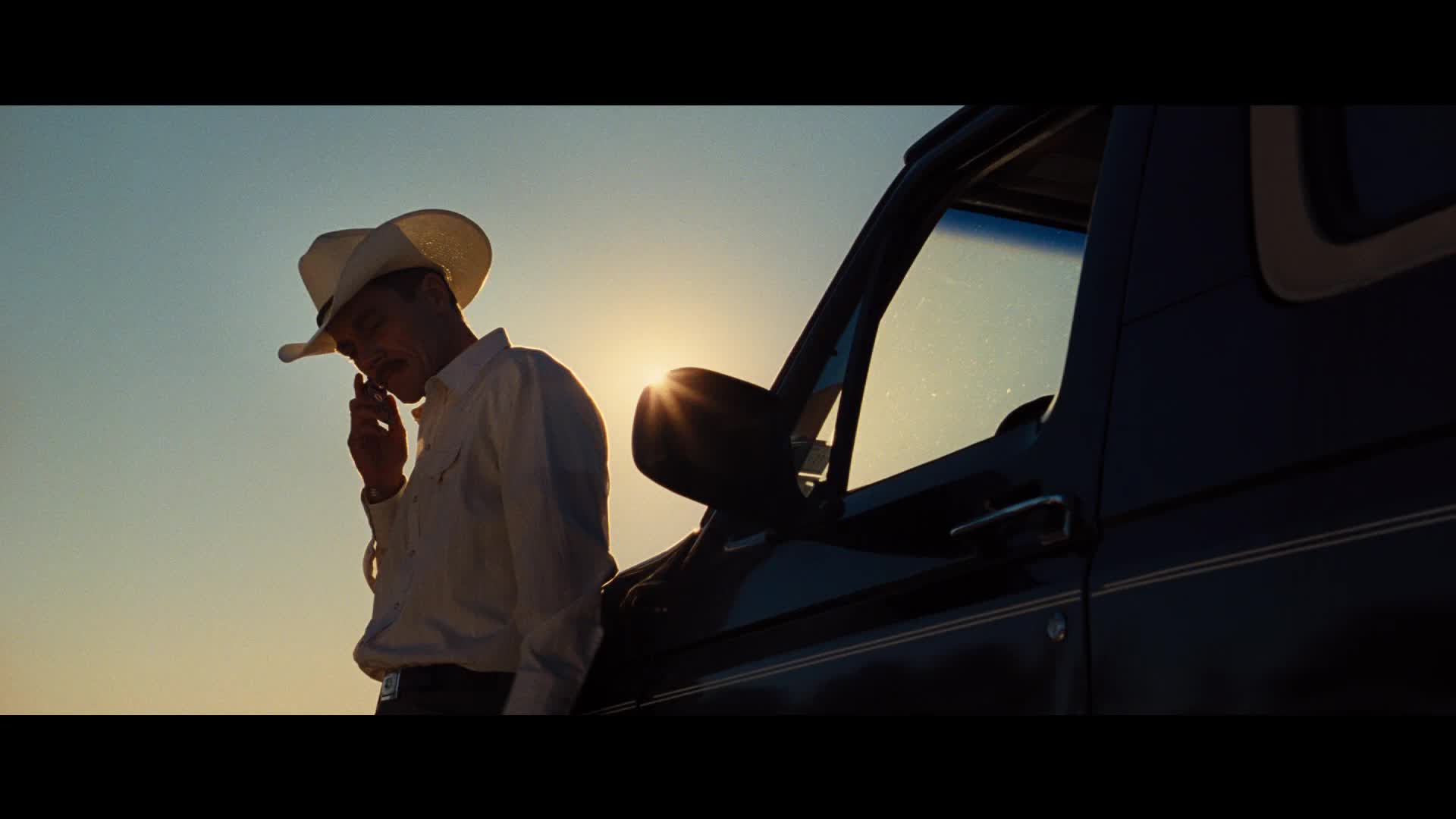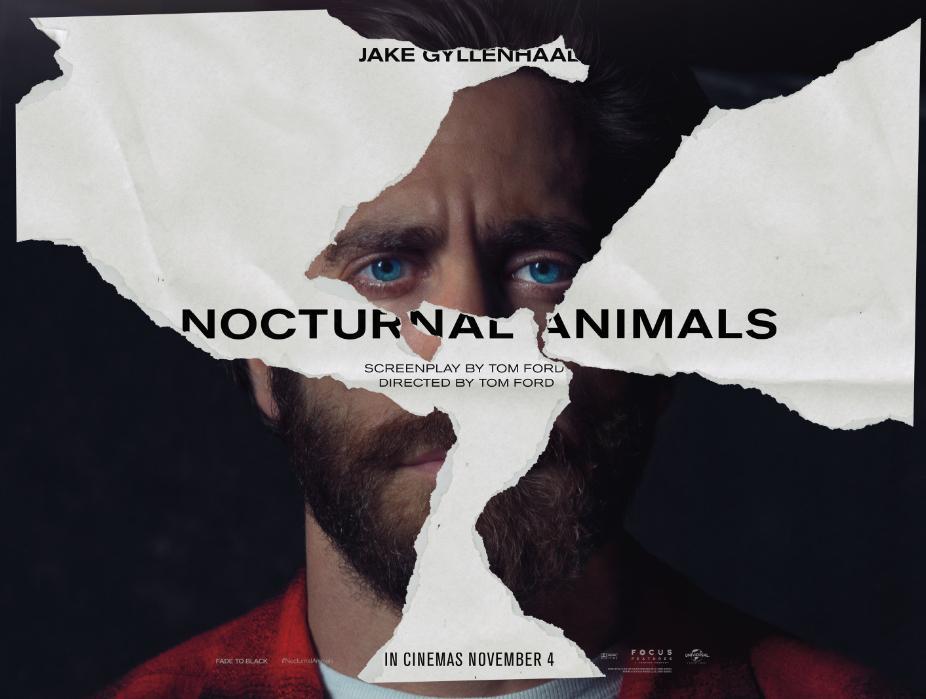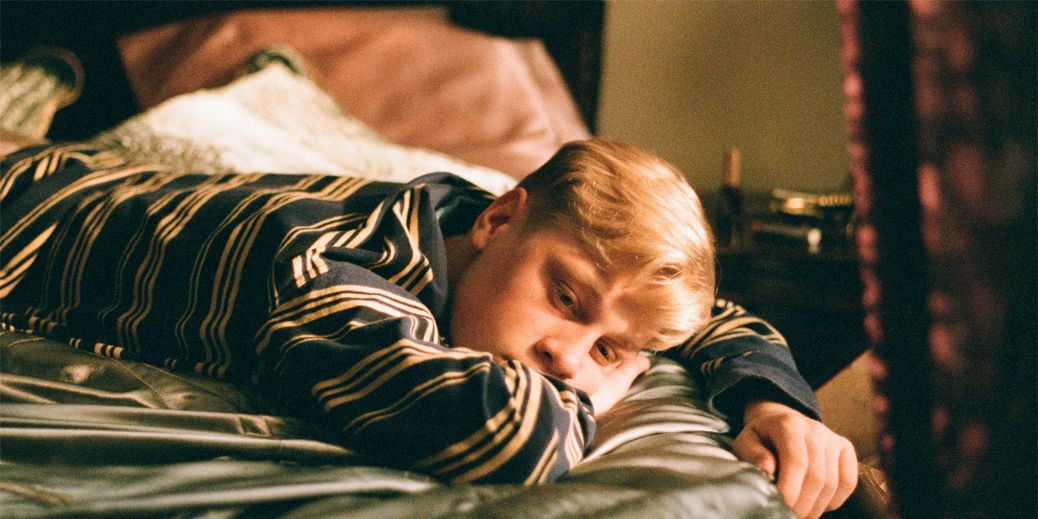
Our pick from the US
Art hurts. Art is contradictory: it digs into one´s most personal conflicts and turns them into a distinctive piece that is both deeply universal and heartfully intimate. Nocturnal Animals dissects the nature of art and revenge (two deeply intertwined concepts), and cannily explores the power of fiction, wuth both writen and visual subjects. This is a melancholic, alluring story, filmed with enough attention to detail to stay memorable, affecting and surprisingly moving.
Nocturnal Animals has three distinctive storylines, each of them filmed in its own proper style. The main story deals with Susan Murrow, a wealthy L.A. socialite who runs an art gallery and tries to keep her marriage alive. A package from Edward, Susan´s ex-husband, arrives: it contains Edward´s novel, Nocturnal Animals. Like a Hitchcockian melodrama, we see Susan getting trapped by Edward´s narrative and starting to get paranoid for no apparent reason. The second story is the one that Edward has written for Susan, a disturbing thriller that stars Tony Hastings, a father and husband that loses his family to a band of misfits, and decides to exercise revenge with the help of Bobby Andes, a local police officer. Finally, as the third story, told with a Douglas Sirk-esque approach, several scenes of Edward and Susan´s marriage are shown. We immediately get a clear picture of their relationship: while Edward is a emotional, conflictive idealist, Susan is a an unmotivated and doleful “realist” as she refers to herself. The inevitable conflict between the two leads to Susan to abandon Edward, a decision that keeps haunting Susan.

This is a stylish film, a visual extravaganza that evokes classic Hollywood and effectively conveys a permanent sense of nostalgia, the exact same emotion Susan is tormented by. Tom Ford doesn’t stay away from excess and panache, with a particular eye for the spectacular. This turns to be wise, as this is a film on symbolism and emotional manipulation. Thus, Nocturnal Animals wants to manipulate us. He does it with enough delicacy and elegance: stunning shots, clever use of music, a dazzling palette of reds, enough close-ups to fill ten films and gorgeous costumes (not Tom Ford´s).
But, as much as this film tries to be a plain visual spectacle, it should still be valued for the way it treats its characters. The clever juxtaposition between reality and fiction questions the power of storytelling as a means of atonement. We are offered a layered depiction of a failed relationship and their main protagonists, exposing their desires, their increasing guilt and resentment for another, and the way they try to cope with their feelings.
Susan often claims that she is just too cynical, but she doesn’t seem to fit in the cynical world she chose for herself (LA´s frivolous, artsy upper class). She seems to be perpetually discontent, as if no place could satisfy her emotional needs. Ford chooses to film Susan with constant close-ups, without much dialogue. The sense of dread that captures Susan´s image, as transmitted by Adam´s unnerving face, speaks for itself.
Of course, as a fashion designer, Ford is no stranger to the trivial world of bourgeois yuppies Susan lives in. He clearly states that Susan has chosen this world out of fear and discomfort, In fact, she seems to fictionalize her persona to fit in her own narrative of pain. “Our real world is much less painful than the real world”, says Susan´s rich friend, as a way to acknowledge the fictions wealthy individuals produce to allow themselves to be petty, self-indulgent and utterly melodramatic. The more Susan immerses herself into Edwards’s novel, the more cartoonish and failed her world feels. Ironically, Edwards´s fiction, written from the heart, seems to be much more authentic than her life.

In general, the Texas thriller scenes stand up for themselves. They prove again how smart Ford is at manipulating us. At the beginning, they are simply disturbing, incredibly tense and shocking. When Tony starts haunting the guilty alongside Bobby Andes, the thriller turns into a bitter critique of masculinity and a revision of the concept of revenge. Both protagonists, Andes and Tony, offer a grim perspective on how tragedy can irredeemably damage people.
We should take a look at Bobby Andes. Why would a washed-up police officer, diagnosticated with terminal throat cancer, risk his last moments to help a man he doesn’t even know well? The truth is that Andes doesn’t know any world apart from the one of crime: he doesn’t have any real family connections, and doesn’t seem to hold anu further dreams or prospects. While Tony has been forced to join this dreary, macho-ruled world due to personal tragedy, Andes seems to be there by choice, which makes his story -and faith- much more dispiriting. Shannon plays it with solemnity to a powerful effect.

There is a clear conflict of masculinity between Tony and the other men around him. We already talked about how Andes´ loose-cannon persona constantly emasculates him, which is reinforced by his troubled memories, which is exactly how Edward has constantly felt. The key of this crime is that Ford constantly implies that Tony could´ve done something. The men didn’t have any weapons. Tony had his car. Tony was one to one with Lou, so he could have taken him down. Tony saw the attackers taking away her wife and daughter but he chose to hide. The film doesn’t want us to reject Tony due to his actions, but it surely tries to make us understand Tony´s own rejection and how it leads to his transformation into a vigilante.
Like Susan, we want to find out what does this story mean for Edward. On one hand, it could be his own fierce critique to the hyper-masculine environment he grew up in, one the Susan finally embodied when leaving him for Hutton. The villains in Tony´s story are violent, misogynistic men, with their own twisted idea of right and wrong, On the other hand, and on a much more personal note, Tony seems to represent Edward´s own feeling of betrayal and sense of vengeance. This is a conflictive in its own sense, as Edward finally decides to exert revenge by leaving Susan longing for him and visibly heartbroken.
We might say that Edward recognizes that revenge, in the stone-cold fashion his characters choose to evoke it, doesn’t work, as it brings oneself to a spiral of hatred and retaliation. In the end, Tony Hastings´ transformation into a violent vigilante only brings him more pain. In a way, Edward has learnt to canalize his own agony into a poignant, if sorrowful story, which is the direct opposite of the path Tony chooses for himself. Tony prefers direct revenge and is severely damaged as a result. Edward chooses the “civilized” way out and chooses to turn his pain into a cold, silent act against his ex.

Ford´s reflection on art deserves some sort of credit as well. In a way, Nocturnal Animals seems to question the value of artistic production, and how it significantly affects the ones who create it and the ones who consume it. Art can be a deeply personal, even helpful attempt to deal with and get through anguish and affliction, as reflected in Edward´s writing. At the same time, art can be a reminder of a tragedy, a wound that doesn’t heal and that is deemed to be permanent due to an aesthetic approach. That’s what this book means for Tony and Susan. This doesn’t depend on the object itself, but on the individual own´s personal and unique relation with it. That is the main lesson that these Nocturnal Animals have for us.
We took to many twists to get to it.
It was worth it.



